 Air New Zealand, the country's national carrier, has sold a 19.98 per cent stake in Virgin Australia to Chinese company Nanshan Group, which owns Qingdao Airlines, and says it is considering options for its remaining 6 per cent holding in Australia's second-largest domestic airline.
Air New Zealand, the country's national carrier, has sold a 19.98 per cent stake in Virgin Australia to Chinese company Nanshan Group, which owns Qingdao Airlines, and says it is considering options for its remaining 6 per cent holding in Australia's second-largest domestic airline.
The Auckland-based carrier said it will sell the stake in Virgin Australia at A33c per share, a premium to Virgin's last traded price on the ASX of A28c. Last month, Virgin Australia issued new shares at A30c apiece to a unit of HNA Aviation Group, the largest private operator of airlines in China, giving it a 13 per cent stake, and HNA said it intends to increase its shareholding over time to 19.99 per cent.
Air NZ chief executive Christopher Luxon resigned abruptly from the Virgin board in March and the airline announced it was considering selling its 25.9 per cent stake in Virgin Australia and had hired First NZ Capital and Credit Suisse to advise on its options.
The Kiwi carrier has spent an estimated A$373 million building up and maintaining the Virgin stake since 2011 but faces a considerable loss on that investment.
Virgin's share price dropped early this month after brokerage Credit Suisse indicated it could require an A$1 billion equity raising, double previous expectations, to reduce debt to reasonable levels after it posted a profit warning.
"We believe Nanshan Group will be a very strong, positive and complementary shareholder for Virgin Australia," said Air NZ chairman Tony Carter.
"The sale will allow Air NZ to focus on its own growth opportunities, while still continuing its long-standing alliance with Virgin Australia on the transtasman network".
Matthew Goodson, Salt Funds Management managing director, said the market was expressing approval of the sale. "There's a sense of relief that Air NZ has managed to extricate themselves from most of their stake in Virgin at a decent price. There has been some concern that Air NZ might not be able to sell the stake, or sell, but at a distressed price," Goodson said.
"If you look at Virgin's balance sheet, it certainly does have a small amount of equity. I think this is a good deal for Air NZ to move on. That's the market reaction," he said.
"The key thing is now what Air NZ does with the money. They have plenty of imputation credits. Will they pay a special dividend?"
The Sydney Morning Herald has reported Air NZ is expected to use the sale proceeds to pay a special dividend to its shareholders, which include the Government with a 53 per cent stake.
UBS said it believed net proceeds from the shareholding sale should be around 2c a share.
After a Virgin Australia capital structure review, Air NZ should also get its A$131 million shareholder loan to the Australian airline repaid.
"After both events we believe [Air NZ] will most likely return net proceeds from the [Virgin Australia] shareholding sale to its shareholders via special dividend," UBS said. "While exact timing is difficult to judge, we expect this to occur before the end of August."
However, Deutsche Bank analysts said with Air NZ still having $2.3 billion of new aircraft expenditure to fund through to 2019, they would not be surprised to see the board adopt a cautious approach to capital management for now.
The divestment would reduce Air NZ's debt gearing levels by around 4 basis points, they said. Reported gearing was 53.8 per cent in the first quarter of 2016, which is near the top of its 45-55 per cent target range with capital expenditure skewed to the first half.
Air NZ said it had "no comment" to make on a special dividend payment.
The Deutsche Bank analysts said accounting-wise, they expected material mark-to-market losses on disposal of Air NZ's full stake, which had a carrying value on its books of around $400 million in the first quarter of this year.
Air NZ and Virgin formalised an alliance in 2010 with codesharing agreements on transtasman and connecting flights and reciprocal frequent flyer and lounge access deals. The tie-up was first mooted in response to Qantas' two-airline strategy where its low-fare Jetstar unit operates domestically in NZ and links to longer-haul flights on its parent.
Nanshan is a large, privately-owned Chinese conglomerate with interests across a diverse range of industries including its own emerging airline, Qingdao Airlines, launched in April 2014.
The sale is subject to and will take place after receipt of Nanshan Group regulatory approvals from Chinese authorities.
Keeping the stake below 20 per cent prevents the triggering of regulatory approvals required under Australian law.
Air NZ shares closed up 5c yesterday at $2.22.
NZ Herald
Friday, 10 June 2016
By Tina Morrison
 Qantas is boosting flights between Sydney and Queenstown this coming winter as skiers flock to the popular New Zealand tourist hotspot.
The airline plans to operate an additional 13 return flights over July and August, with 11 of those to run on selected weekdays and two scheduled for Saturday August 6th and 13th.
Qantas is boosting flights between Sydney and Queenstown this coming winter as skiers flock to the popular New Zealand tourist hotspot.
The airline plans to operate an additional 13 return flights over July and August, with 11 of those to run on selected weekdays and two scheduled for Saturday August 6th and 13th.





 United Airlines, preparing to return flights into Auckland, says that its product and service has changed for good.
United Airlines, preparing to return flights into Auckland, says that its product and service has changed for good. Air New Zealand, the country's national carrier, has sold a 19.98 per cent stake in Virgin Australia to Chinese company Nanshan Group, which owns Qingdao Airlines, and says it is considering options for its remaining 6 per cent holding in Australia's second-largest domestic airline.
Air New Zealand, the country's national carrier, has sold a 19.98 per cent stake in Virgin Australia to Chinese company Nanshan Group, which owns Qingdao Airlines, and says it is considering options for its remaining 6 per cent holding in Australia's second-largest domestic airline.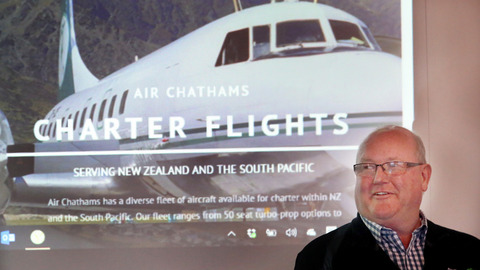 Whanganui's new air service has announced discounted fares throughout the first month of its operation in a bid to attract passengers.
Whanganui's new air service has announced discounted fares throughout the first month of its operation in a bid to attract passengers.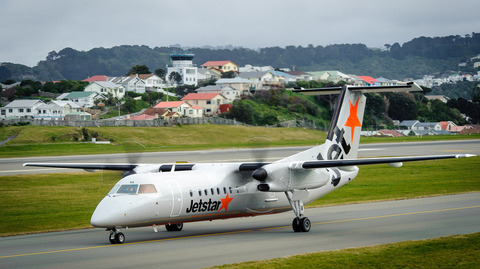 NN
NN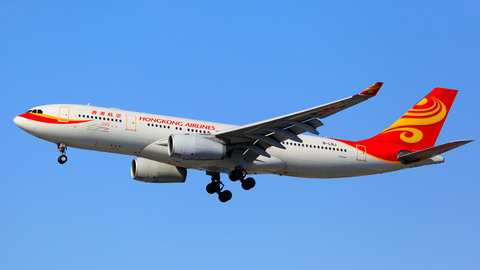
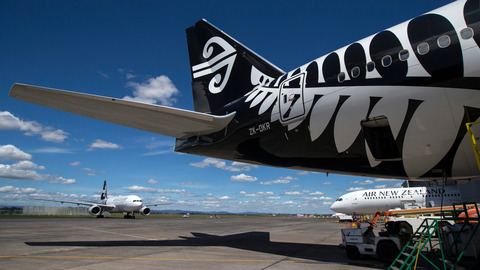 Air New Zealand has completed its first direct flight to Vietnam.
Air New Zealand has completed its first direct flight to Vietnam.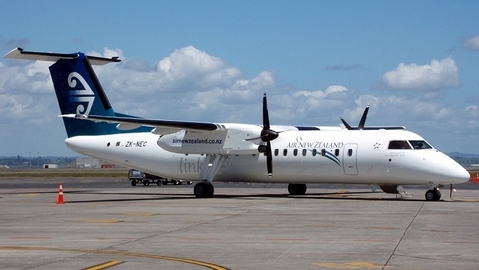 Air New Zealand has announced it will operate up to 10 new weekly flights between Auckland and Tauranga by the end of the year. The airline is also reinstating the 6.05 am service from Tauranga to Christchurch.
Air New Zealand has announced it will operate up to 10 new weekly flights between Auckland and Tauranga by the end of the year. The airline is also reinstating the 6.05 am service from Tauranga to Christchurch.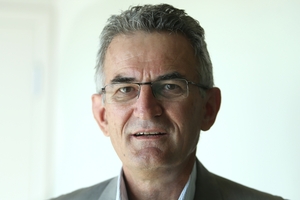
 Marlborough airline Sounds Air could pick up the slack after the national carrier announced it was ending flights between Blenheim and Christchurch.
Marlborough airline Sounds Air could pick up the slack after the national carrier announced it was ending flights between Blenheim and Christchurch.

 Acclaimed New Zealand composer Gareth Farr arrived at Nelson airport yesterday to lend a hand to the Nelson School of Music's all-night fundraiser, Sleeping with the Steinway.
Acclaimed New Zealand composer Gareth Farr arrived at Nelson airport yesterday to lend a hand to the Nelson School of Music's all-night fundraiser, Sleeping with the Steinway.


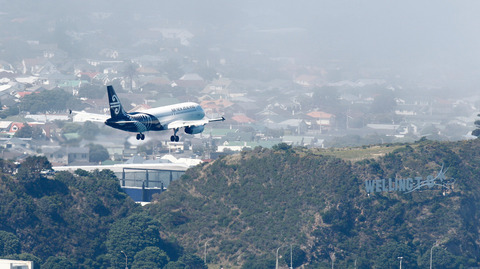 Wellington International Airport, which is 66 per cent owned by investment group Infratil, posted a 29 per cent gain in full-year profit as growth in international passenger volumes drove revenue.
Wellington International Airport, which is 66 per cent owned by investment group Infratil, posted a 29 per cent gain in full-year profit as growth in international passenger volumes drove revenue. Hong Kong Airlines is promising a fare shakeup on the popular route connecting the Chinese city to Auckland and slashed business class fares.
Hong Kong Airlines is promising a fare shakeup on the popular route connecting the Chinese city to Auckland and slashed business class fares. Capacity on Air New Zealand flights between Nelson and Auckland is tipped to increase by 8 per cent in the 12 months from October.
Capacity on Air New Zealand flights between Nelson and Auckland is tipped to increase by 8 per cent in the 12 months from October.

 The world's airlines have ambitious plans to double the fleet of commercial jets during the next two decades. The trouble: there won't be enough controllers to help those 44,000 planes take off and land safely.
The world's airlines have ambitious plans to double the fleet of commercial jets during the next two decades. The trouble: there won't be enough controllers to help those 44,000 planes take off and land safely. Aviation stands to save $2 billion over the next 20 years by replacing ageing air traffic management systems with modern technology, says New Southern Sky director Steve Smyth.
Aviation stands to save $2 billion over the next 20 years by replacing ageing air traffic management systems with modern technology, says New Southern Sky director Steve Smyth.
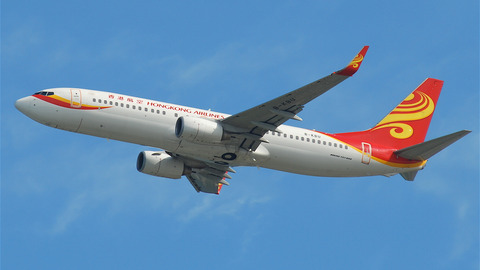 Hong Kong Airlines will start daily services to Auckland in November, the latest in a growing number of carriers to serve New Zealand.
Hong Kong Airlines will start daily services to Auckland in November, the latest in a growing number of carriers to serve New Zealand.